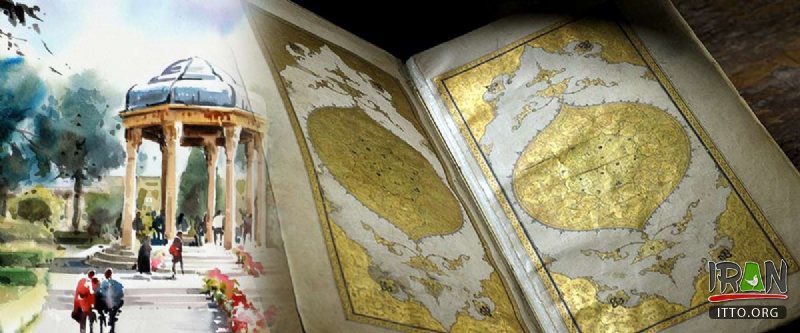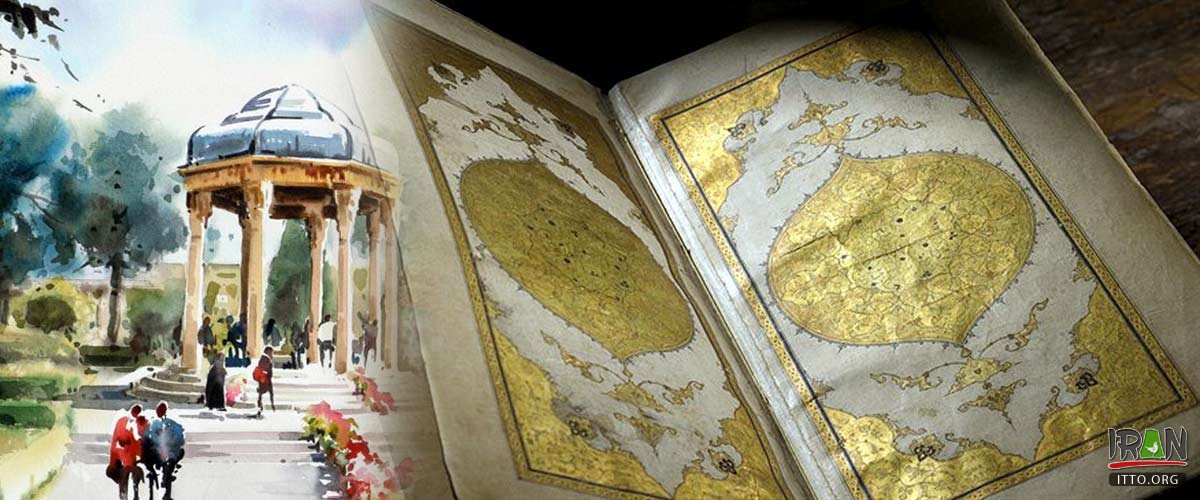A “magnificent” copy of the poetry collection called ‘Divan’ by the revered 14th-century Persian poet Hafez, which was dramatically discovered earlier this year by a Dutch art sleuth, is set to be sold at auction next month.
The gold-illuminated Divan of Hafez is dated to 1462 and is one of the earliest copies of the work of the Persian poet, who died in 1390. Illustrated by the calligrapher Shaykh Mahmud Pir Budaqi, the manuscript was part of the collection of the Islamic art collector Jafar Ghazi, who died in Germany in 2007. After his death, his heirs discovered that many of his manuscripts had been stolen, the Guardian reported.
While 175 items were recovered by police in 2011, the Divan was still missing. When a €50,000 (£43,000) reward was offered by German police, it was tracked down in 2019 by Arthur Brand, a Dutch art detective who has previously found a pair of bronze horses sculpted for Adolf Hitler, and a stolen Picasso.
In a “race against the clock”, Brand’s search eventually led him to a man in London who had acquired the Divan not knowing it was stolen. “The buyer was shocked and furious. After all, he was sold a stolen book and now everyone was searching for it, including the Iranian government,” said Brand.
The buyer went to Paris to try to get his money back, but Brand persuaded him to hand the manuscript to him to give to authorities in Germany. “If he succeeded, the Divan would disappear again and probably forever. He had bought a book without knowing that it was stolen but by trying to hand it back to the fence, he would incriminate himself,” he said.
Now Ghazi’s heirs, who have already auctioned many of his manuscripts, are set to sell the Divan at Sotheby’s on April 1, with an estimate of £80,000-£120,000. Sotheby’s has already sold around 60 manuscripts from Ghazi’s collection, with most at least doubling their pre-sale estimates.
“There’s a huge reverence for Hafez in Iran and globally,” said Sotheby’s specialist Benedict Carter. “To find copies of the Divan of great quality… is rare enough, but this is also signed by a famous calligrapher with beautiful quality illumination, and dedicated to a key figure in the Persian and Islamic arts of the book.”
Carter said “It was returned to the rightful owners, the family of Ghazi, and they decided to put it up for sale as the last manuscript of all those we’d sold before,” he said.
The manuscript is dedicated to a key patron of the arts in 15th-century Central Asia – the Qara Qoyunlu prince Pir Budaq, eldest son of the ruler of Azerbaijan and most of Iran. “His provenance is a sign of quality in itself because he had a great collection.” said Carter.
Sotheby’s said the “magnificent” work was “testament to Pir Budaq’s bibliophile pursuits and an important witness to the grandeur that must have been his library”.



